Mazda EZ-60-Hybrid REEV
MSRP (*Base Edition)
Hybrid REEV | SUV | KM
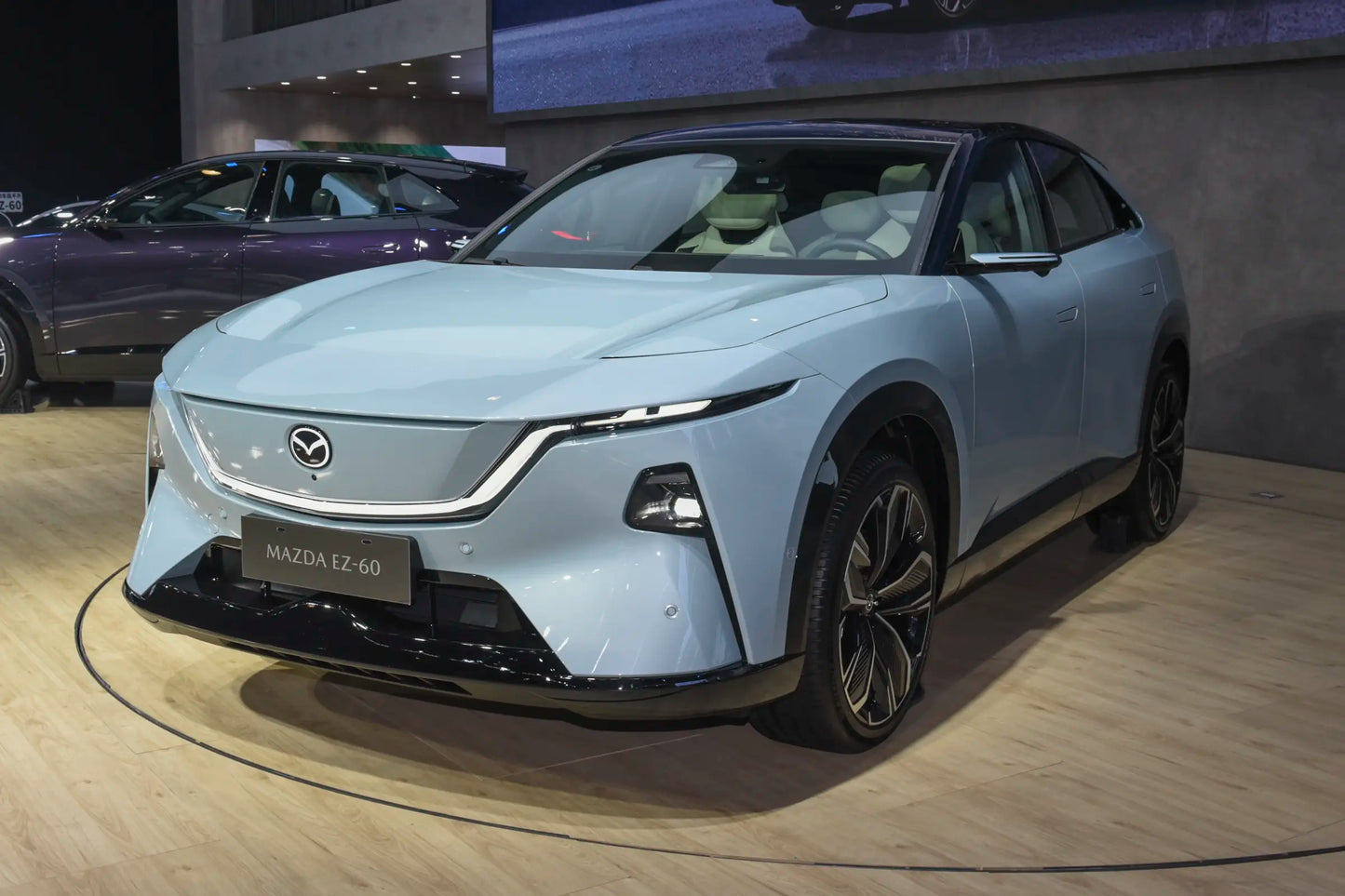
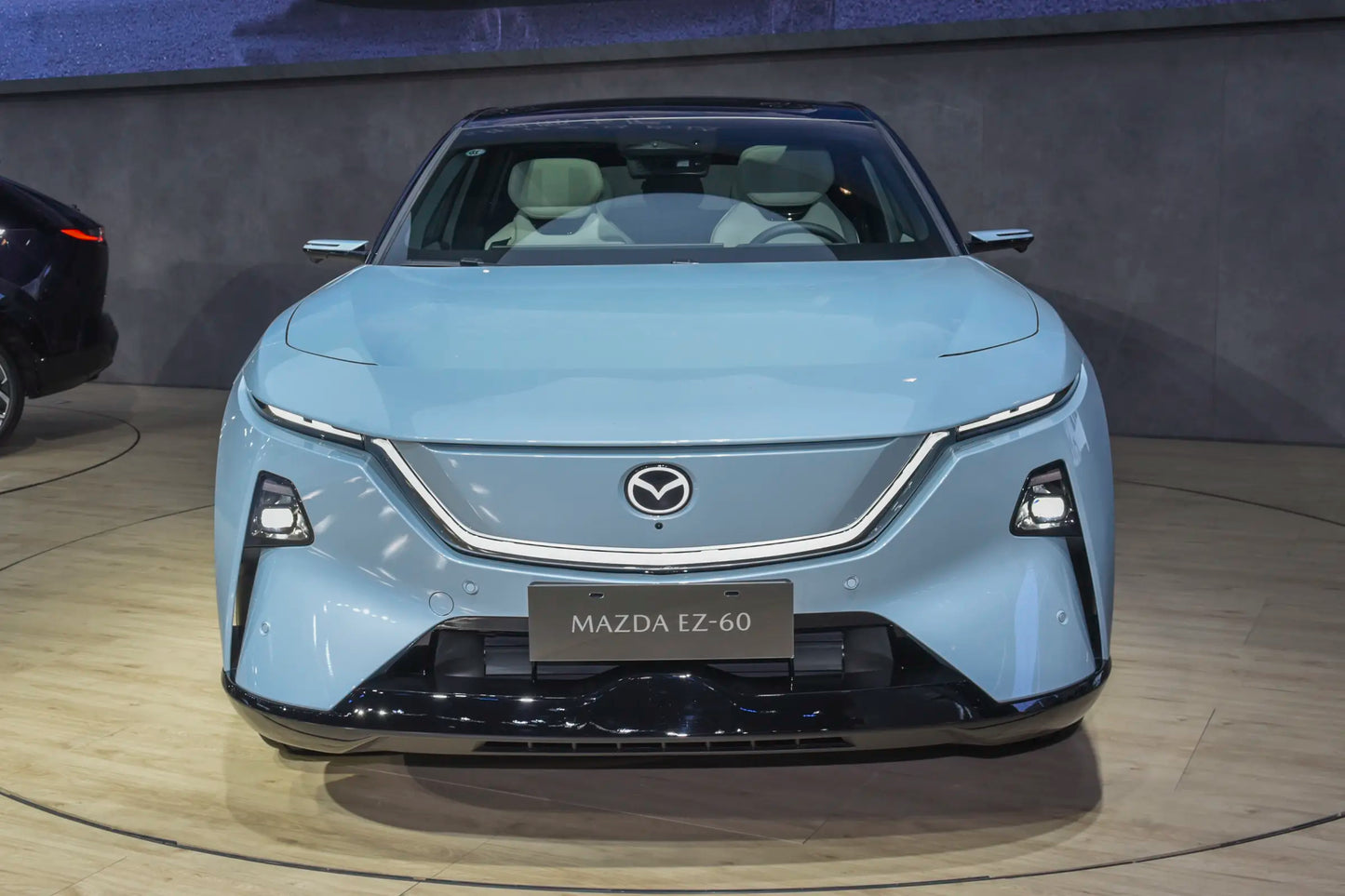
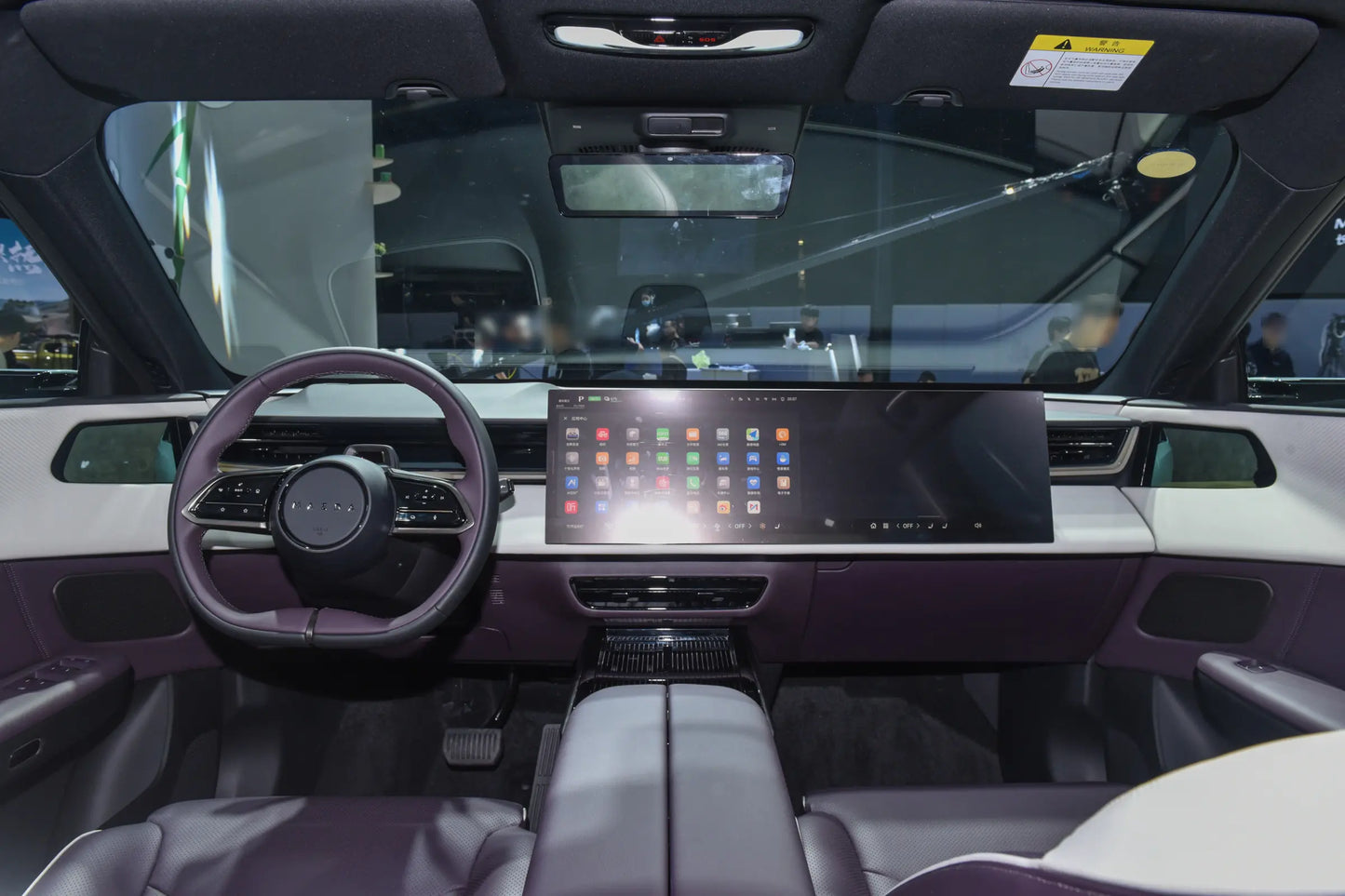
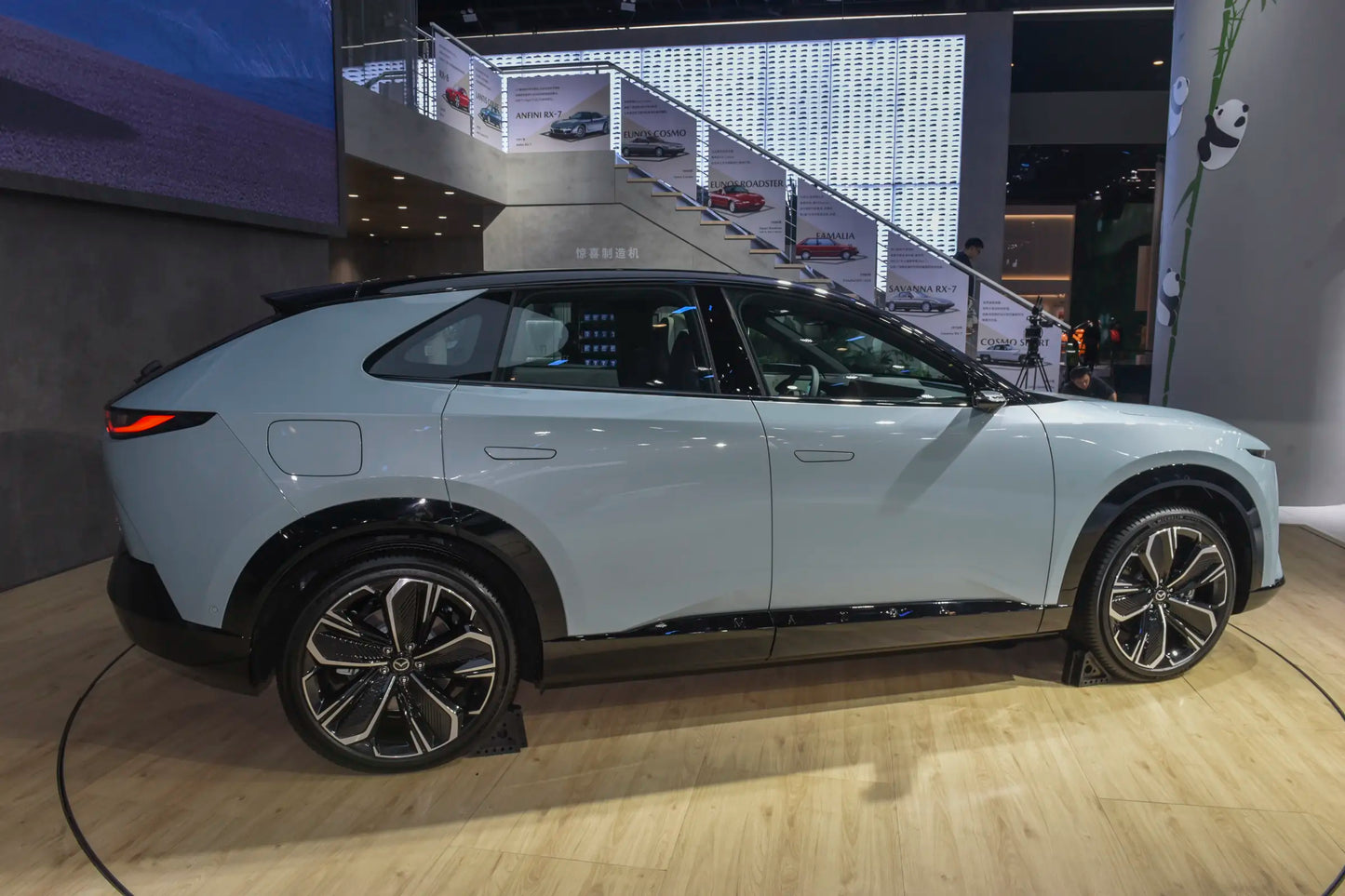
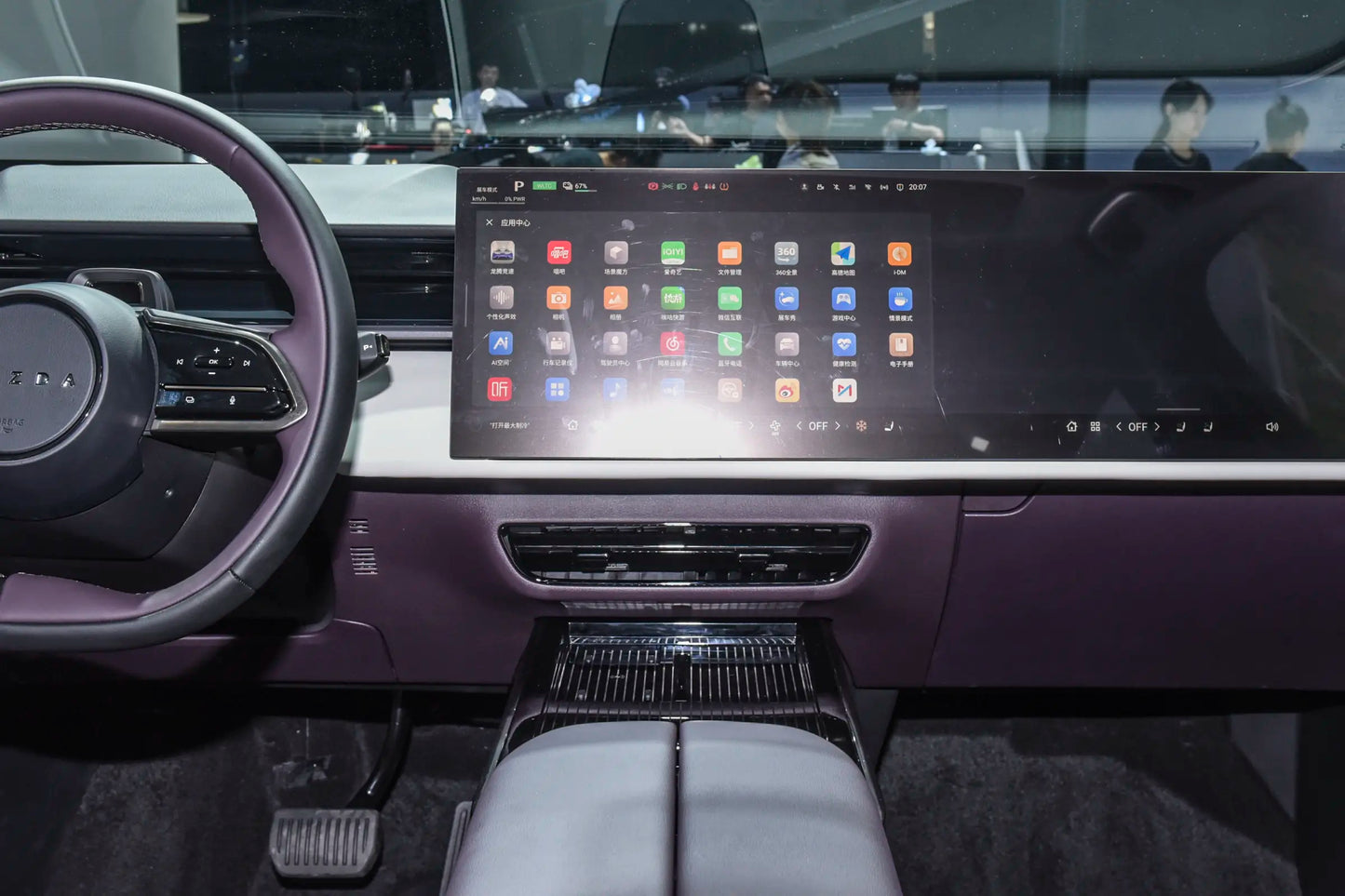
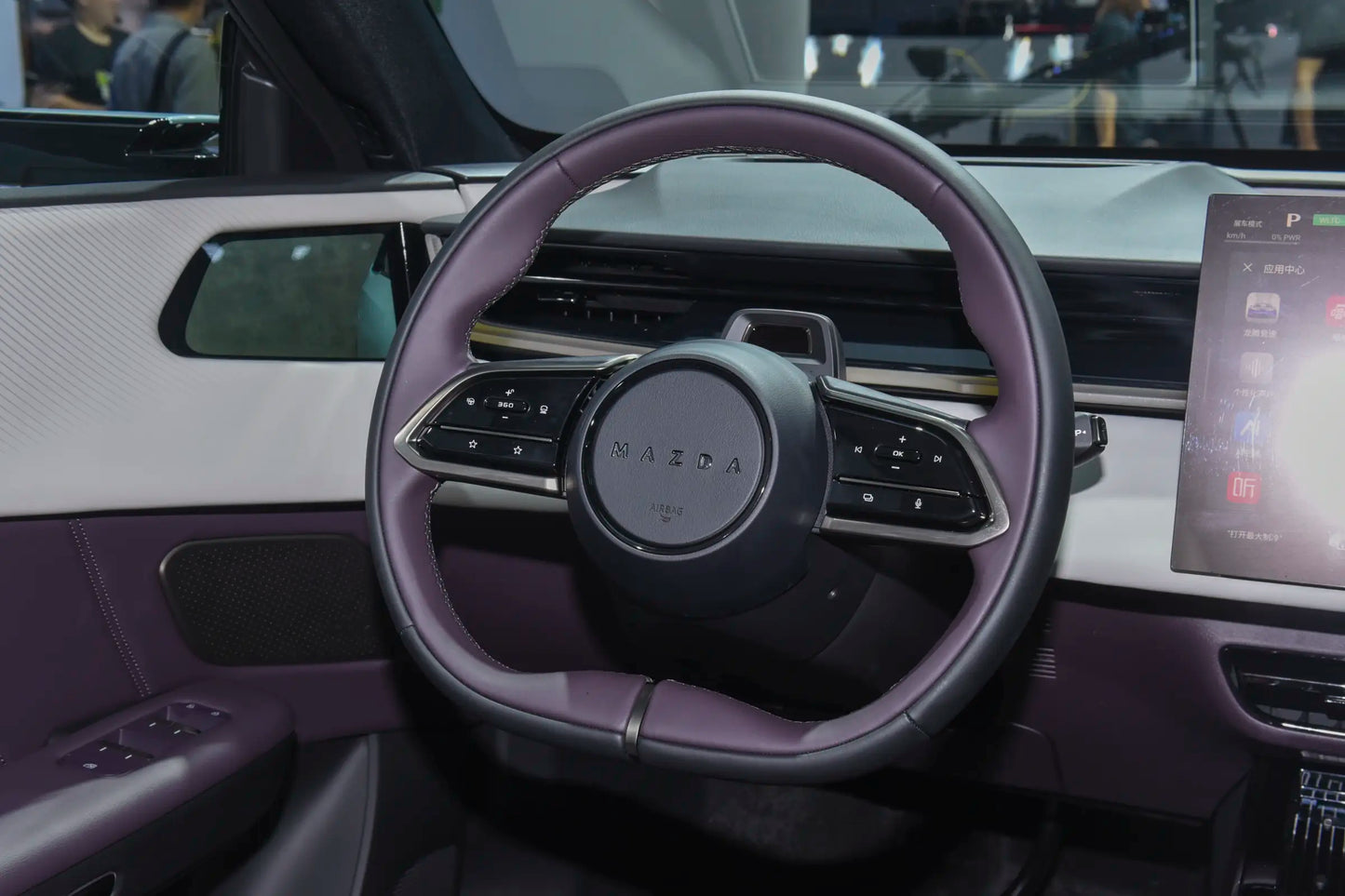
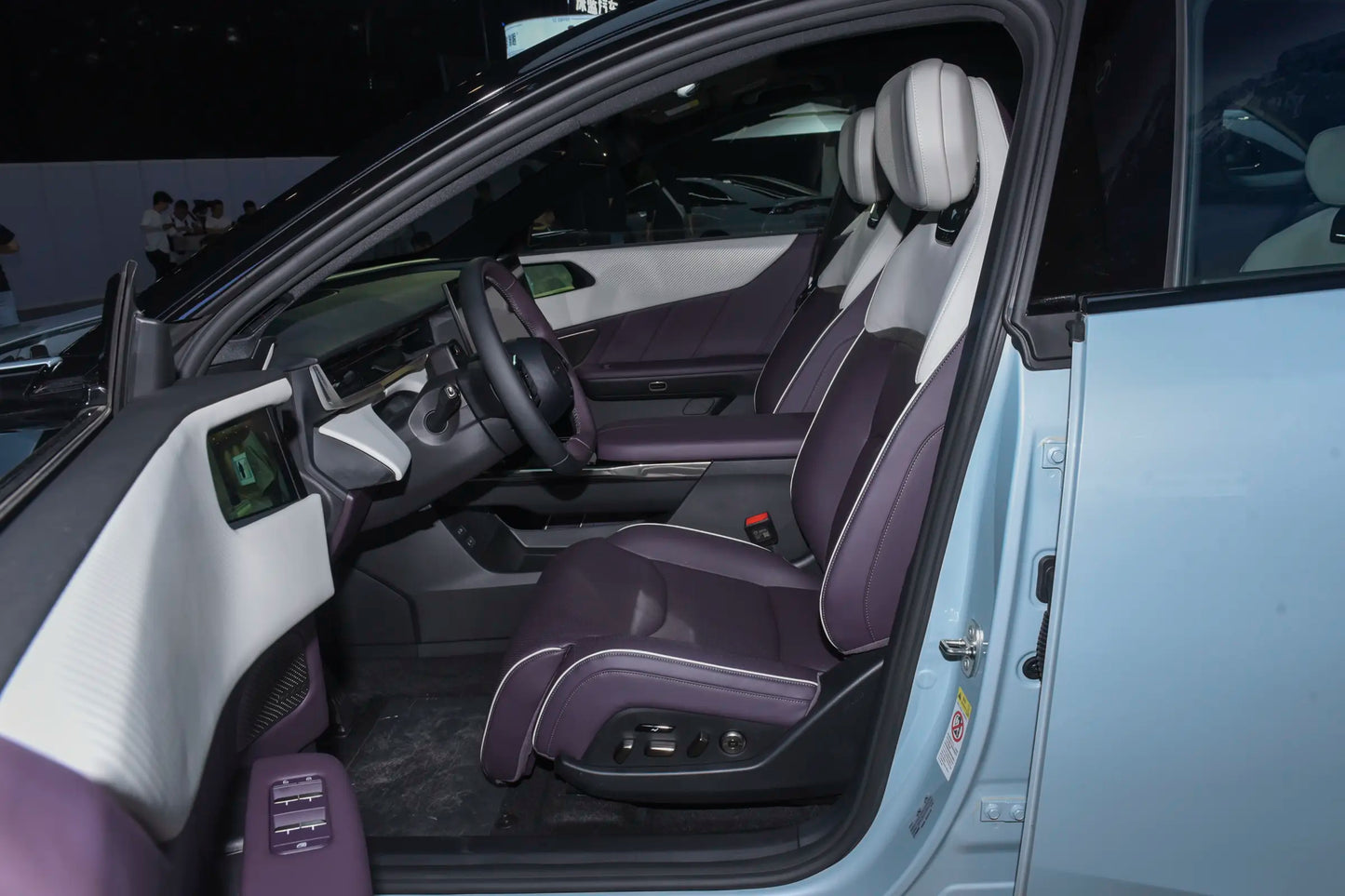
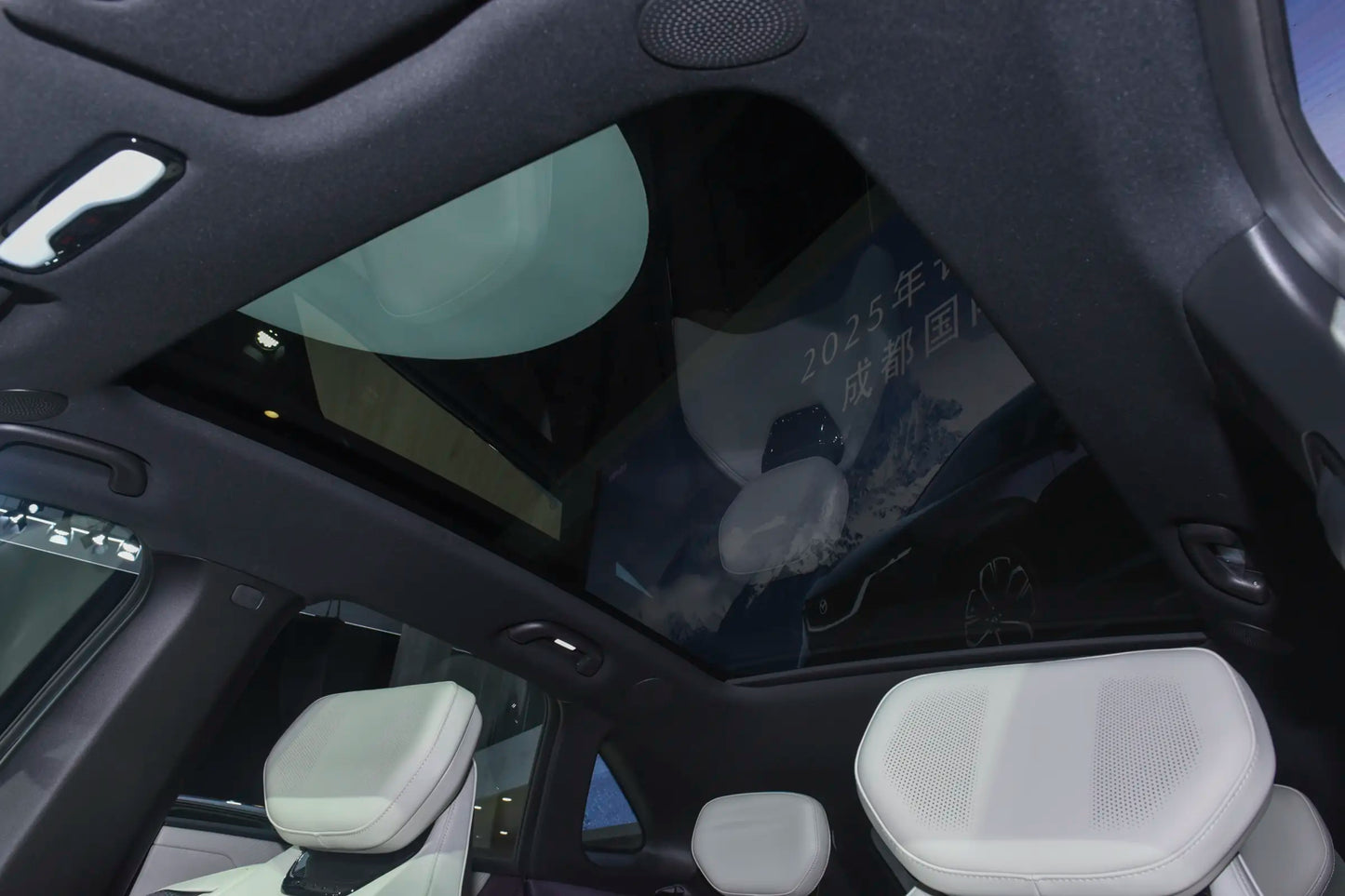
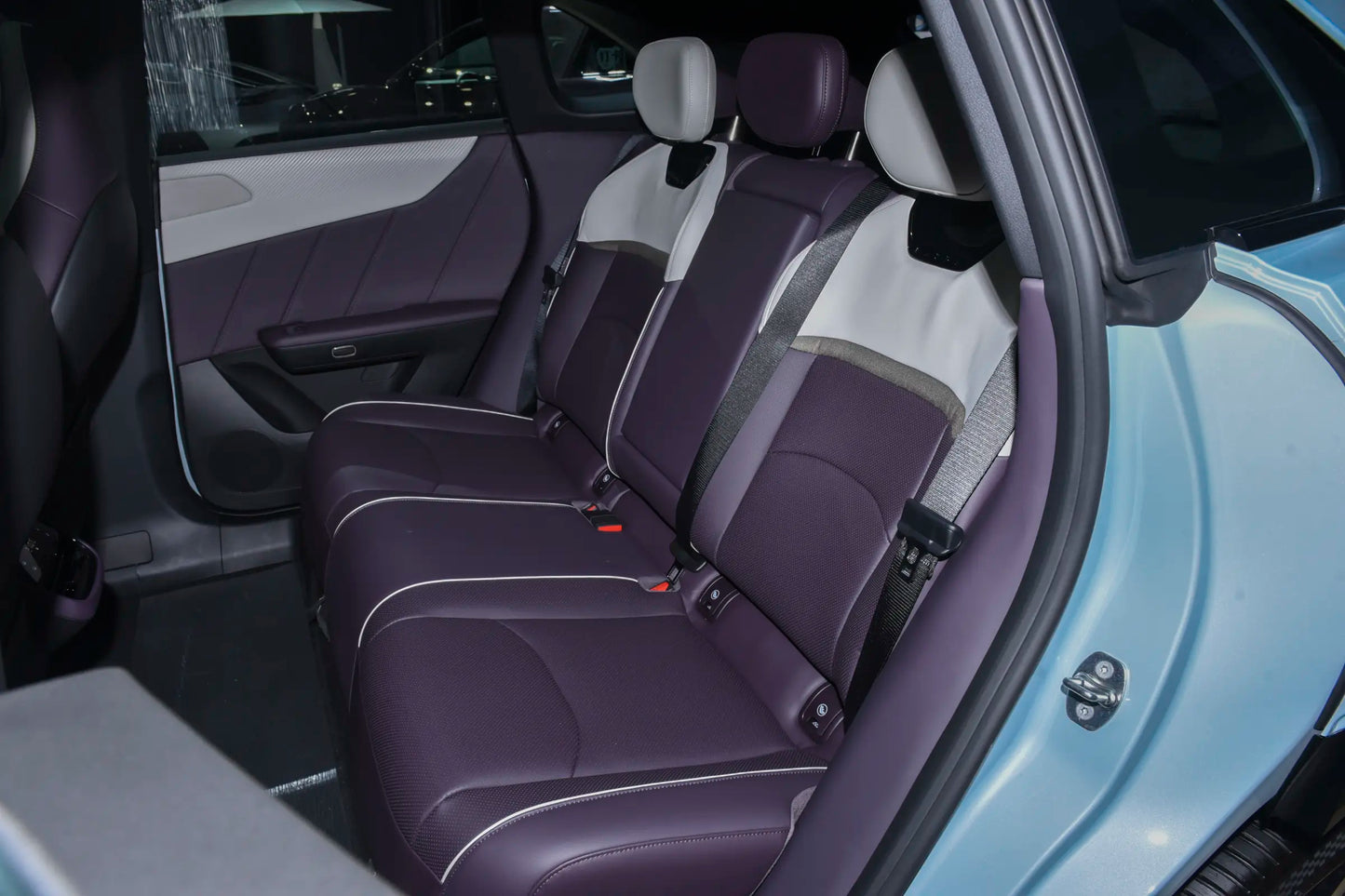
$0.00 USD
-
BrandMazda
-
Vechile ClassSUV
-
Energy TypeHybrid REEV
-
Pure Electric Range(KM)
-
Curb Weight (kg)1992
-
Battery Typelithium iron phosphate battery
-
Total Power of Motor (KW)190
-
Maximum Power(KW)72
-
Total Torque of Motor(N・m)
-
Maximum Torque(N・m)/
-
Length x Width x Height(mm)4850x1935x1620
-
Official 0-100km/h Acceleration Time(s)/
-
Power Consumption(kWh/100km)/
-
Equivalent Fuel Consumption (Electricity)(L/100km)/
-
Battery Capacity(kWh)
-
MaximumSpeed(km/h)185
-
Motor Layout/
-
Transmission
-
Displacement(L)1.5
-
Intake Typenaturally aspirated
-
IDre09039
Panoramic Interiors
Video Manual
Authentic on-site shots for an immersive vehicle detail experience
Real Customer Reviews
Source: DCAR
Review A
¡¾Dynamic Experience¡¿
This car has four driving modes: Eco, Comfort, Sport, and Custom. In the Custom mode, you can adjust regenerative braking, steering assist, braking mode, etc.
¢Ù Power performance - The accelerator pedal is an organ-type, which is very responsive. The force feedback when stepping on it is just right for me, not too tight and relatively labor-saving. In Comfort mode, the power response is relatively gentle, with a certain amount of free play in the first half of the accelerator pedal. It starts to accelerate obviously when you step on about the middle section, and the overall acceleration is slow and stable. In Sport mode, the accelerator response is very quick. You can feel the car surge forward as soon as you step on the pedal, and there will be an obvious pushing back feeling when you step hard. The acceleration from 0 to 80 km/h is very linear, which is completely sufficient for overtaking in the urban area. ¢Ú Braking performance - The brake pedal feels relatively soft, but not sensitive, with a little free play in the first small section. In Comfort mode, the braking effect is softer with a larger free play left. In Sport mode, the pedal feel is more linear, basically providing braking effect proportional to the pedal pressure! The braking performance is very precise, completely following the force on my foot, which is more suitable for people like me who usually brake relatively late while driving.
Review B
Steering - What I like most about this car is the steering feel. First of all, the steering wheel is small and has a solid grip; the rim is wrapped in soft leather, which feels more comfortable to hold than Mazda's gasoline-powered cars. When turning, you can feel that the steering ratio is very small. In sport mode, the steering wheel feels tighter, and the steering is very precise. Basically, you can change lanes with just a light flick of one hand, making driving very effortless. When making right-angle turns or U-turns, there isn't strong resistance; instead, there's a steady, viscous feel, so you can still turn the wheel easily. The turning radius is also relatively small. I tested a U-turn at an intersection, and it took about two and a half lanes, which is quite agile for cars in its class.
Chassis - The comfort is a bit lacking. When sitting in the passenger seat, the chassis feels a bit stiff. When going over potholes or manhole covers, the road feel is very strong, and it's a bit bumpy. However, the driving experience is different. The most surprising thing about the car's chassis is its stability during emergency continuous lane changes. You don't feel the rear end sliding around, and the whole body moves very coherently. When accelerating or decelerating hard, there's no noticeable nose dive or lift. Even when cornering at speeds over 60 mph, there's hardly any body roll. The suspension is taut, and the body feels very stable. Despite being an SUV, apart from the higher seating position and visibility making me feel its center of gravity is higher, driving it really feels like driving a sedan.
Intelligence - The biggest shortcoming of this car is its intelligence. First, the voice control responds very slowly. Basically, after you finish speaking a command, you have to wait a moment before it performs the corresponding action. It's only slightly better than gasoline-powered cars in this aspect. The driving assistance only includes basic adaptive cruise control and lane keeping. On the highway, you can only do lever-controlled lane changes; it can't automatically enter or exit ramps. The automatic parking is also very stupid. I went back to the dealership and had it park in a very standard parking space, but it took at least four attempts to get into the spot. The efficiency is very low.
Review C
¡¾Static Experience¡¿
¢Ù Exterior Design ¡ª The overall styling is significantly more aggressive than the EZ-6. Functional air ducts are incorporated on the hood, both sides of the headlights, the lower bumper, body sides, and above the C-pillar to enhance downforce and reduce aerodynamic drag. The electronic side mirrors feature body-colored decorative elements and offer folding functionality, which is quite practical. A notable downside, however, is that the turn signals are not integrated into the upper daytime running light strip at the front. Instead, they are positioned above the low/high beam units lower down, appearing rather small and underwhelming.
¢Ú Interior Design ¡ª While the EZ-6¡¯s earlier suede interior felt somewhat dated, the EZ-60 has been upgraded with extensive soft-touch materials. The purple-and-white color scheme further amplifies its youthful appeal. Personally, I find the design language somewhat reminiscent of the Avita 07.
¢Û Space ¡ª Rear legroom is exceptionally generous. At a height of 1.7 meters, with the front seat adjusted to align with the B-pillar, I had nearly three fists of knee clearance. Even when sitting upright, headroom exceeded one fist¡¯s width. However, the drawback is that the seats are too firm, particularly the middle position in the rear row. The side bolsters on the backrests are raised, and the seat cushion is hard, resulting in very poor comfort that makes it unsuitable for passengers. The trunk capacity is comparable to its peers. There is no underfloor storage space beneath the cover, only some tool storage compartments, and a removable luggage cover on top that can be taken off when not in use.











